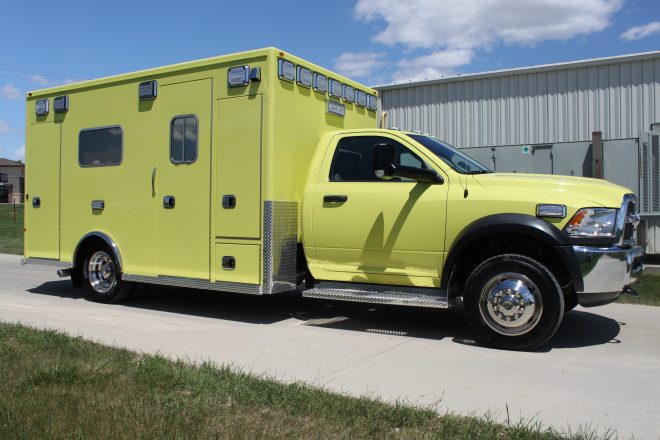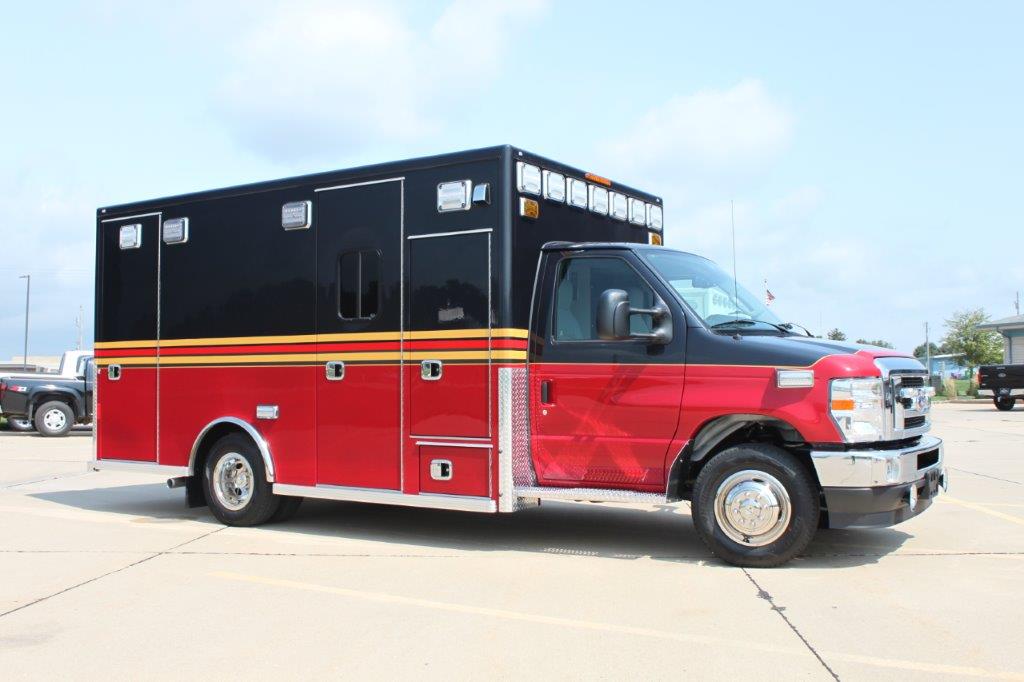Guide to Ambulance Types
Which Ambulance Model Is Right for Your Service?
Type I vs. Type III Ambulance Models – Choosing the Right Fit starts with understanding your service’s unique needs. At Life Line, we help guide you through the decision-making process to find the model that delivers the best fit. Whether your focus is Advanced Life Support (ALS), Basic Life Support (BLS), or patient transport, factors like budget, service type, and road conditions all play an important role. We also help you consider long-term ownership costs such as local service availability, maintenance support, and fuel type. Our goal is simple: to ensure your ambulance is reliable, efficient, and built to support the way you serve your community.
Not sure which ambulance type is for you? Here’s your guide to finding the perfect fit.

Type I Ambulance Overview
A Type I ambulance is built on a rugged truck chassis with a custom module mounted to the rear. The design includes a pass-through opening between the cab and patient compartment, allowing communication between EMS crews and the driver. Known for their strength and durability, Type I ambulances are widely used for Advanced Life Support (ALS) and demanding rescue operations.
These models are also available in 4-wheel drive, making them ideal for agencies that operate in challenging environments with snow, ice, or rough terrain. For departments seeking more power and fuel efficiency, Type I ambulances are the only configuration available with a diesel engine option.
Life Line’s Type I Ambulance models:

Type III Ambulances
A Type III ambulance is built on a van cutaway chassis, creating a more integrated design where the cab and patient module connect seamlessly. This configuration features a larger walk-through opening, giving crews the ability to move more freely between the driver’s cab and the patient compartment. The result is improved accessibility and better communication during transport.
Type III ambulances are typically used for Basic Life Support (BLS) and patient transport but can be equipped for Advanced Life Support depending on your needs. They come standard in 2-wheel drive and operate on regular gasoline, making them a cost-effective and versatile option for many EMS providers.
Life Line Type III Ambulance Models: